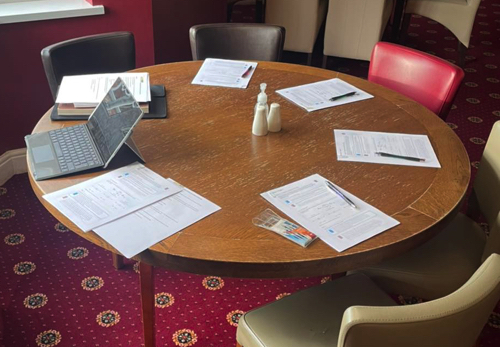Amendments to the Wiring Regulations
Posted on 3rd October 2022

The latest amendment to the Wiring Regulations (BS 7671:2018+A2:2022) came in to effect on 28 September, replacing the previous version which has now been withdrawn.
The MSE team has been looking at the implications of the amendments for some time and our team of charge hands recently took some time out to go over them in detail.
Why make changes?
The changes reflect European and international standards and include recommendations from the Health & Safety Executive (HSE) and an independent review of building regulations and fire safety in 2018.
The amendments are intended to improve fire and user safety and increase sustainability.
What’s changed?
The main changes include:
New AFDD requirements – installations specified for protection with Arc Fault Detection Devices (AFDDs).
Fire safety design of buildings – the fire safety design of buildings must be documented where, for example, protected escape routes and other locations are at risk from fire.
Protection against transient overvoltage – a risk assessment must now be carried out to evaluate whether protection is needed to prevent harm to people, to warn them of a hazard, or to prevent financial or data loss.
Changes to labelling – to reflect current best practices safety information for users of electrical installations has been updated.
Prosumer low voltage electrical installations – new advice is provided about managing low-voltage electrical installations in private houses or workshops including renewable sources of electricity, and energy storage.
RCD protection - residual current device (RCD) protection will be needed for sockets up to 32A where most people are likely to use them.
To be sure your electrical work meets the requirements of the new Regulations speak with a professional electrician.
Please get in touch if you would like any further information or advice about the amendments to the Wiring Regulations.
Tagged as: Electrical safety, Wiring Regulations
Share this post:




